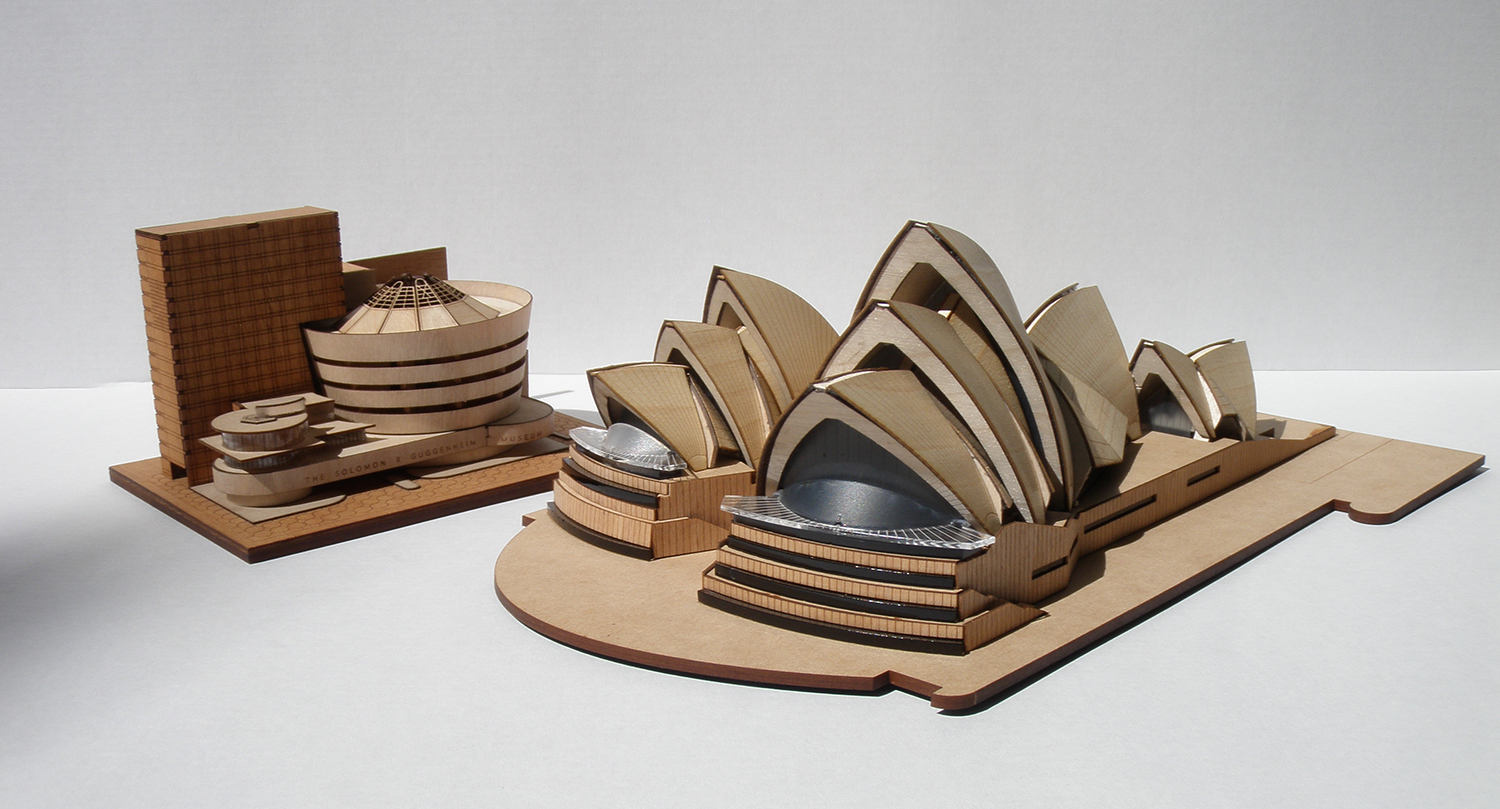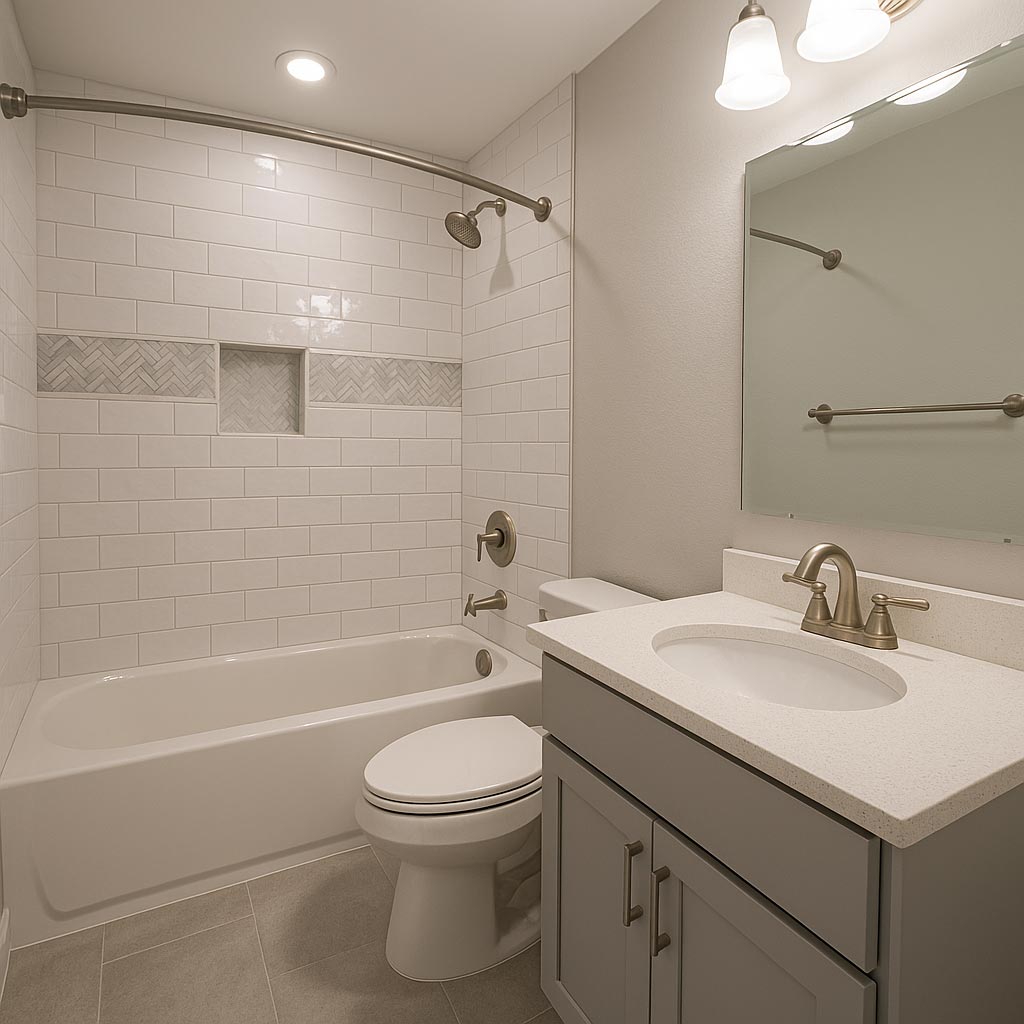Understanding the Role of an Architectural Model
An architectural model is far more than just a scaled-down replica of a building. It is a three-dimensional representation that breathes life into an architect’s vision. These models are essential in the design and construction process, allowing architects, clients, and stakeholders to visualize, interpret, and refine complex concepts. A well-crafted architectural model brings clarity to technical drawings, making abstract ideas easier to grasp and evaluate. Through model mastery, what begins as a sketch becomes a concrete expression of creativity, functionality, and architectural integrity.
The Importance of Tangibility in Architectural Design
Despite advances in digital rendering, the architectural model continues to be a vital communication tool. It allows people to interact with a design in a physical way, providing a deeper understanding of scale, layout, and spatial relationships. Physical models bridge the gap between imagination and reality, enabling clearer conversations about form, structure, and design intent. When an architectural model is placed on the table, everyone can immediately comprehend the concept—this hands-on experience can often reveal issues or possibilities that might be overlooked in a digital environment.
Architectural Models: A Synthesis of Art and Science
The creation of an architectural model involves both artistic intuition and scientific precision. A successful model balances aesthetics with accurate proportions and measurements. Materials are carefully selected for realism, and craftsmanship ensures durability and detail. Architects and model makers must collaborate to decide which features to emphasize based on the model’s purpose—be it a conceptual massing model, a high-detail presentation piece, or an urban planning visualization. Each model is a work of art rooted in technical expertise.
From Concept to Construction: The Modeling Journey
The process of making an architectural model starts early in the design phase. Initial sketches evolve into CAD drawings and blueprints, which then serve as the foundation for the model. The model maker interprets these plans and transforms them into a physical structure using a combination of digital fabrication techniques and manual skill. At each stage, adjustments and refinements are made. This iterative approach allows the model to evolve alongside the design, ensuring that the final result aligns perfectly with the architect’s vision.
Why Architectural Models Still Matter in the Digital Era
While computer-aided design and 3D renderings have revolutionized architecture, the architectural model remains irreplaceable. Digital tools are useful for visual effects and simulations, but they often lack the tactile and intuitive appeal of a physical model. A well-crafted architectural model provides a grounded sense of space, light, and perspective. Stakeholders find it easier to make decisions when they can physically interact with the model, walk around it, and view it from multiple angles. The tangibility of the model adds trust and value to the design process.
Architectural Models and Stakeholder Engagement
The ability of an architectural model to engage clients and stakeholders is one of its most powerful attributes. Presenting a model during meetings can turn a passive audience into active participants. Clients who may not understand architectural jargon or 2D drawings instantly connect with a model’s form and presence. This improved communication often results in quicker approvals, more productive feedback, and greater enthusiasm. The model becomes the focal point of discussion, allowing teams to explore ideas together and align their goals more effectively.
Types of Architectural Models and Their Uses
Each architectural model serves a unique purpose depending on the stage of design or the audience. Conceptual models help test and explore early design ideas. Working models are functional tools that allow architects to assess layout, flow, and form. Presentation models are detailed and polished, often used to showcase the final design to clients or the public. Site models provide context by including surrounding buildings, landscape, and infrastructure. Each type plays a distinct role, but all share the same purpose: to bring architectural concepts to life in a tangible, understandable form.
Materials and Techniques in Model Making
Creating an architectural model involves selecting the right materials and techniques to match the intended purpose. Foam, wood, acrylic, paperboard, and 3D-printed components are commonly used. Laser cutters and CNC machines ensure accuracy and speed, while hand-finishing provides a personal, artistic touch. The choice of materials can also influence how the model is perceived—transparent acrylic might suggest openness, while solid wood conveys strength. This interplay of materials and meaning adds depth to the model’s message.
Precision and Detail in Architectural Models
Accuracy is crucial in every architectural model. Whether it’s the angle of a roof, the alignment of windows, or the slope of a ramp, small details can make a big difference in how a design is perceived. High-detail models often include landscaping, furniture, lighting, and even miniature people or vehicles to demonstrate usage and scale. This level of detail adds realism and helps viewers imagine the building as a functional space. It also aids in identifying and resolving design challenges before construction begins.
Architectural Models and Urban Planning
Beyond individual buildings, the architectural model plays a vital role in large-scale urban planning. Planners use models to study how new developments will affect existing infrastructure, traffic flow, sightlines, and environmental impact. These models help visualize relationships between buildings, public spaces, and transportation systems. A well-designed urban model can influence public opinion, support zoning approvals, and guide sustainable growth. In this context, the architectural model is not just a tool—it becomes a framework for shaping cities.
Architectural Models in Education and Competitions
Aspiring architects often begin their journey by building an architectural model. In academic settings, models are used to explore design principles, test theories, and present projects. Competitions also rely heavily on physical models to judge creativity, innovation, and presentation skills. For students, learning to create architectural models hones their spatial thinking, attention to detail, and ability to communicate ideas clearly. It also instills a deep respect for the physical form of architecture.
Marketing and Presentation with Architectural Models
In real estate development, the architectural model becomes a powerful marketing tool. A physical model displayed in a showroom or sales office gives potential buyers a real sense of what a future building or community will look like. Unlike blueprints or computer animations, a model can immediately captivate an audience and make a lasting impression. This emotional connection often drives interest, investment, and ultimately, sales. Developers recognize that an architectural model can tell a story in a way no brochure ever could.
Sustainability and Innovation in Model Making
Sustainability is becoming increasingly important in the creation of an architectural model. Many model makers now use eco-friendly materials and minimize waste through digital precision tools. Innovation in biodegradable plastics, recyclable composites, and low-energy production methods aligns the model-making process with the broader goals of green architecture. As sustainable practices become standard, architectural models will reflect not only the building’s design but also its commitment to environmental responsibility.
Conclusion: Architectural Model Mastery as a Gateway to Vision
Mastering the art of the architectural model is about more than technique—it’s about vision, communication, and transformation. These models serve as physical proof that imagination can become reality. They help architects refine their ideas, engage their audiences, and bring projects to life with clarity and confidence. Whether created for design development, presentation, education, or marketing, an architectural model stands as a testament to the power of tangible thinking in an increasingly digital world.
From skyscrapers to schools, from city parks to private homes, every great structure begins as an idea—and it is through the architectural model that this idea finds its first breath of reality. In the hands of a skilled model maker, even the most complex concept becomes a form you can hold, study, and believe in.










Leave a Reply